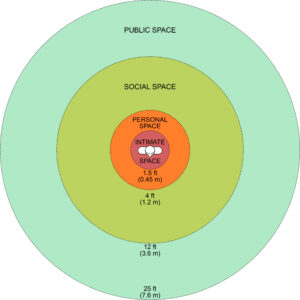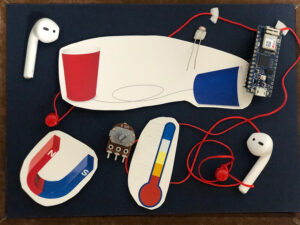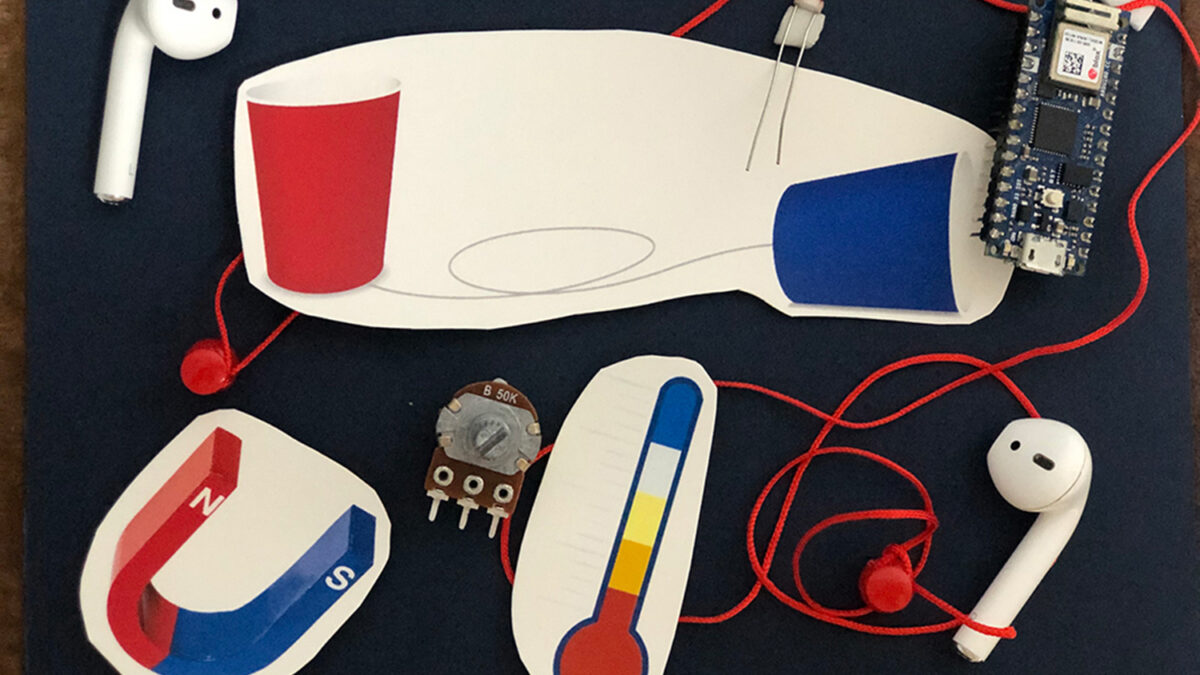week2 journal / cornell box / experiment
I was feeling pretty confident after talking to Andrew last week. But in the past few days, I’ve found that things aren’t as smooth as I thought they would be. Thank Ruta for the advice in the comments, when I interview people, I still find it difficult to describe my thoughts in brief, which made me have to go back and see if I really narrowed down my topic and notice this in phase1.
I think we all agree that some of the key elements of my topic are interesting, like nonverbal ways of making a connection between two individuals or substances, and that connection will bring with a phenomenon. My vision is to remove the barriers and crouse the culture to build connection.
This week I got something new:
The interpersonal distances
First, I try to focus on the social distance between people. Most people value their personal space and feel discomfort, anger, or anxiety when their personal space encroaches. Permitting a person to enter personal space and entering somebody else’s personal space are indicators of perception of those people’s relationships.
I found Edward T. Hall defines described the interpersonal distances of man in four distinct zones: (1) intimate space, (2) personal space, (3) social space, and (4) public space.
I tend to let the project explore subtle things and the spark moment that would happen between 4ft to 1.5ft.

Maybe you know the marriage market in Shanghai, which is a common phenomenon all over China. In China, parks are associated with parents and the elderly. Meanwhile, Young people today are always complaining about not having the chance to meet new people. Young Chinese also have many dating app choices, and even one of the most popular types of entertainment TV shows in China is related to the relationship. As a professional related to this field, I have to say it is not cool for most young people to date on TV. One of our struggles is how to expand the guest list and cast more people.
I recall my project in the spring semester Spetrual garden.
In this project, in order to solve the light pollution and make a solution about that part, I redesigned the streetlight which is common in Shanghai’s park, surrounded by the plants underneath, they can absorb the energy of the light to not reflect into the sky. In that way to help reduce the light pollution. Meanwhile, the light is poetic, and inspired by photobiology light science technologies which have shown that certain recipes of blue, red, and ultraviolet light can enhance plant growth.
I thought this project for me is to continue to develop. One of my thoughts is to amplification the chat function in this project. Just a quick thought, an AI system encourages people to get closer to enhance the light?
Conell box
This week I focus on finding some activities and items that can help people get closer or just feel they are connected with someone. I tend to let the final project explore subtle things and the spark moment that would happen between 4ft to 1.5ft.
my box include:
- airpods
- string phone
- the magnet
- the thermometer
- Arduino
- Potentiometer
- light sensor
- the pin and red thread

My experiment
This week, I have not been able to do specific experiments for the thesis, but I have done an interview with people and did some experiments with friends and co-workers.
Some experiments to get to know people closer like:
eye contact with a friend / 4 minutes
I personally felt most strongly feeling about was eye contact. I felt like this is the first time I was looking into someone’s eyes so carefully and so long. It was awkward at first, and it was a barrier to social etiquette that I needed to overcome.
36 questions lead to love / 40min
The 36 questions gave me a deeper insight into the thoughts of my friends, although I found many questions a little difficult to answer and based on a lot of assumptions.I think I got to know my friends better because we had a chat without worrying about the topic, not the specific answers to the questions.
play board games (escape game ) with one of my co-worker / 2hr
to get to know new people the current trend among Chinese young people
I didn’t expect my colleague to be so vulnerable to a sudden shock in the escape room that he quit the game immediately.
From my personal point of view, all these experiments gave me chance to spend time and share experiences with others. But I find it difficult to ask people to make eye contact outside of an experiment. The other two experiments took too long. Maybe I need to find other ways to do it. If you have any suggestions, please feel free to leave me a comment.
other references:
Nonverbal cues:
There is an interesting case study in extreme circumstances by Edward T. Hall.
He used biometric concepts to categorize, explain, and explore the ways people connect in space. These variations in positioning are impacted by a variety of nonverbal communicative factors, listed below.
- Kinesthetic factors: This category deals with how closely the participants are to touching, from being completely outside of body-contact distance to being in physical contact, which parts of the body are in contact, and body part positioning.
- Haptic code: This behavioral category concerns how participants are touching one another, such as caressing, holding, feeling, prolonged holding, spot touching, pressing against, accidental brushing, or not touching at all.
- Visual code: This category denotes the amount of eye contact between participants. Four sub-categories are defined, ranging from eye-to-eye contact to no eye contact at all.
- Thermal code: This category denotes the amount of body heat that each participant perceives from another. Four sub-categories are defined: conducted heat detected, radiant heat detected, heat probably detected, and no detection of heat.
- Olfactory code: This category deals with the kind and degree of odor detected by each participant from the other.
- Voice loudness: This category deals with the vocal effort used in speech. Seven sub-categories are defined: silent, very soft, soft, normal, normal+, loud, and very loud.
Related Posts
1 Comment
Leave a Reply Cancel reply
You must be logged in to post a comment.
Kat Sullivan
Adam Colestock
Helen (Chenuan) Wu
Christina Lan
Dorian Janezic
George Faya
Julia Myers
Kelsie Smith
Michael Morran
Po-Wen Shih
Liu Siyan
Fisher Yu
—
Craig Protzel
Christopher Wray
Haoqi Xia
Hayden Carey
Katherine Nicoleta Helén
Maria Maciak
Parisa Shemshaki
Sakar Pudasaini
Skyler Pierce
Steven Doughty
Yiqi Wang
—
Andrew Lazarow
Benoit Belsot
Enrique García Alcalá
Hongyi Zhang
Jay Mollica
Li Shu
Teddy (Jian) Guo
Monika Lin
Wenye Xie
Yiru Lu


I like your case study of Edward T. Hall. Thanks for sharing with us!